











Okeechobee County Schools Nutrition Services is proud to be participating in Harvest of the Month serving healthy foods & promoting nutrition education!

























Okeechobee County Schools Nutrition Services is proud to be participating in Harvest of the Month serving healthy foods & promoting nutrition education!














Florida ranks second in the U.S. for production of snap beans.

Snap beans taste best when they are thinner pencil.
Snap beans are a mild flavored veggie.
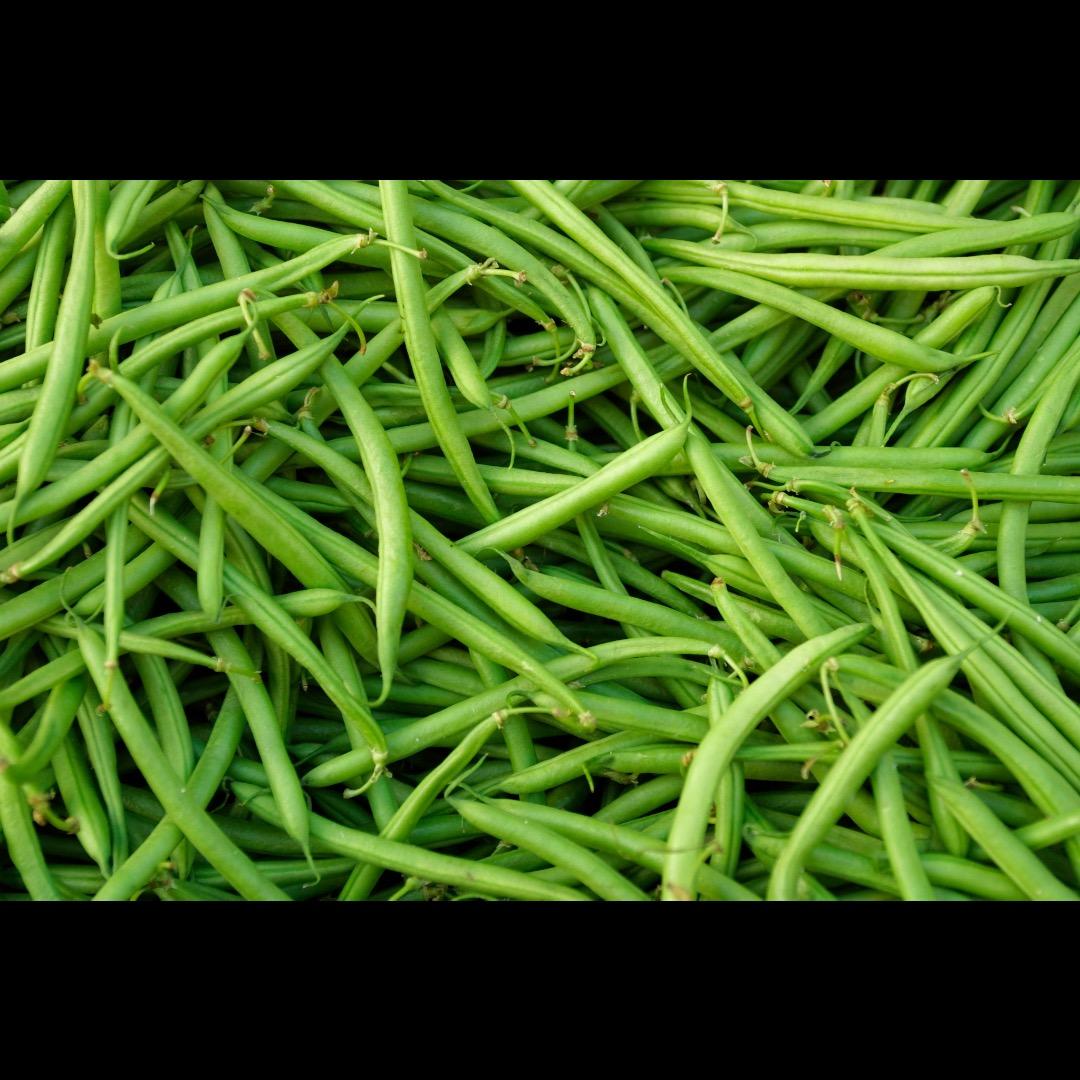
Snap beans are the 3rd most homegrown vegetable.
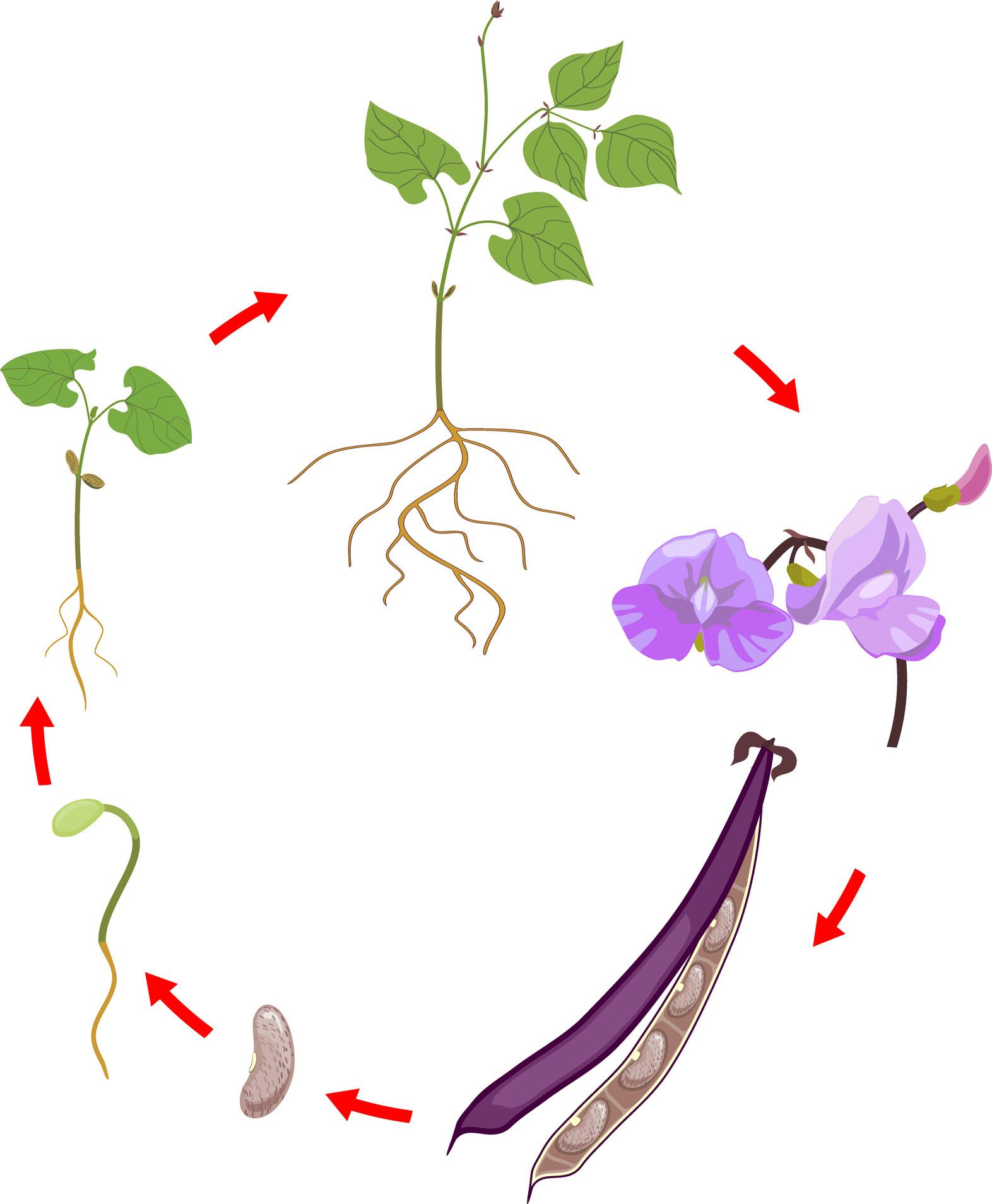
During winter months, FL produces 100% of all U.S. snap beans.



130+ varieties of snap beans.
Snap beans are also known as “string beans” or “green beans. ” yellow or purple!




Potassium supports balancing fluid & proper function of the

Once potassium enters the body, it functions as an electrolyte
Electrolytes help amount of water in the body.

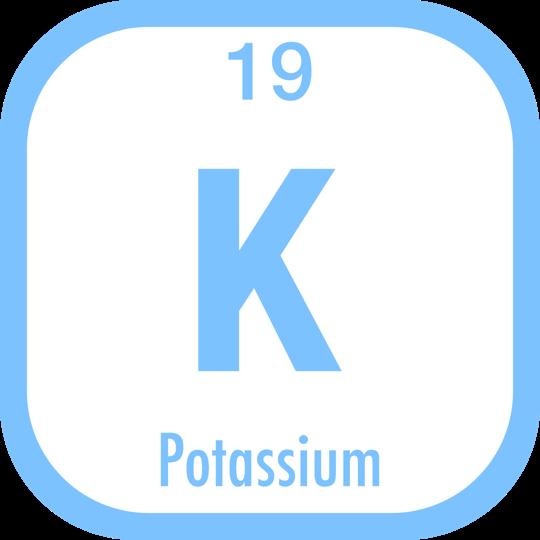
Potassium is most abundant mineral in the body.
Potassium helps promote bone health.
The body is made up of approximately 60% water.
Potassium helps to regulate muscle contractions.

98% of the body’s potassium is found it its cells.
Many runners eat foods high in potassium before a run to prevent muscle cramps


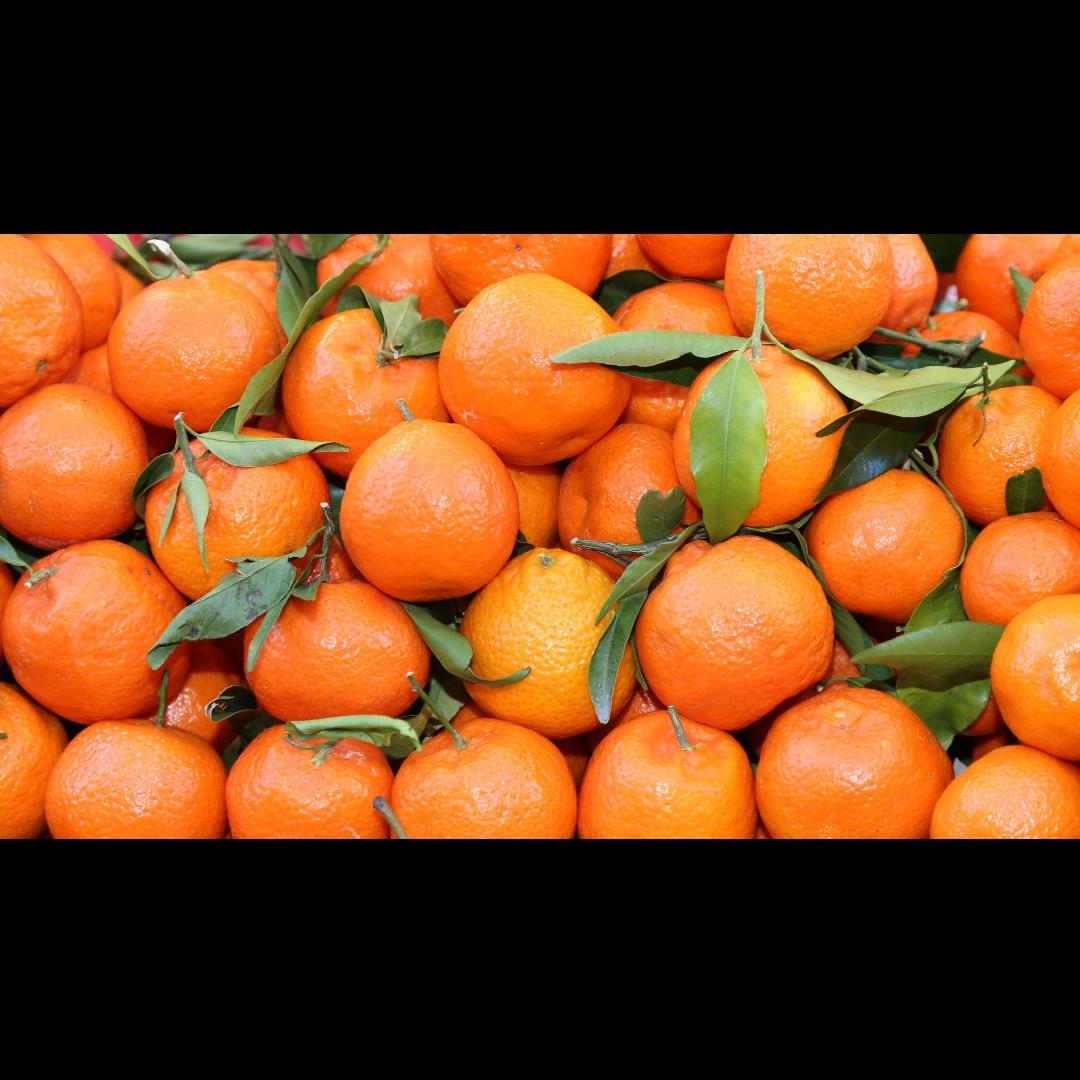


Most satsumas grown in Florida are from Collier counties

October
Satsumas are a category of citrus fruits that mandarins



“Easy
Peelers”
Satsumas are easier to peel than most other citrus fruit.


Satsumas make for a perfect snack!
Satsuma trees take around years to start producing fruit.
Satsuma trees are evergreen. Satsumas are one of the most resilient citrus fruits to cold weather.






Vitamin C supports the immune systemthe body’s defense against infections.

Vitamin C is also referred to as “ascorbic acid.”

Vitamin C is an antioxidant. Antioxidants help protect against damage caused by exposure to harmful substances in the environment.


The body cannot make vitamin C on its own - it has to come from food.
Vitamin C helps keep you happy & healthy! What do you call a vitamin that improves your eyesight?


Vitamin C is a very important vitamin for healthy gums & teeth.
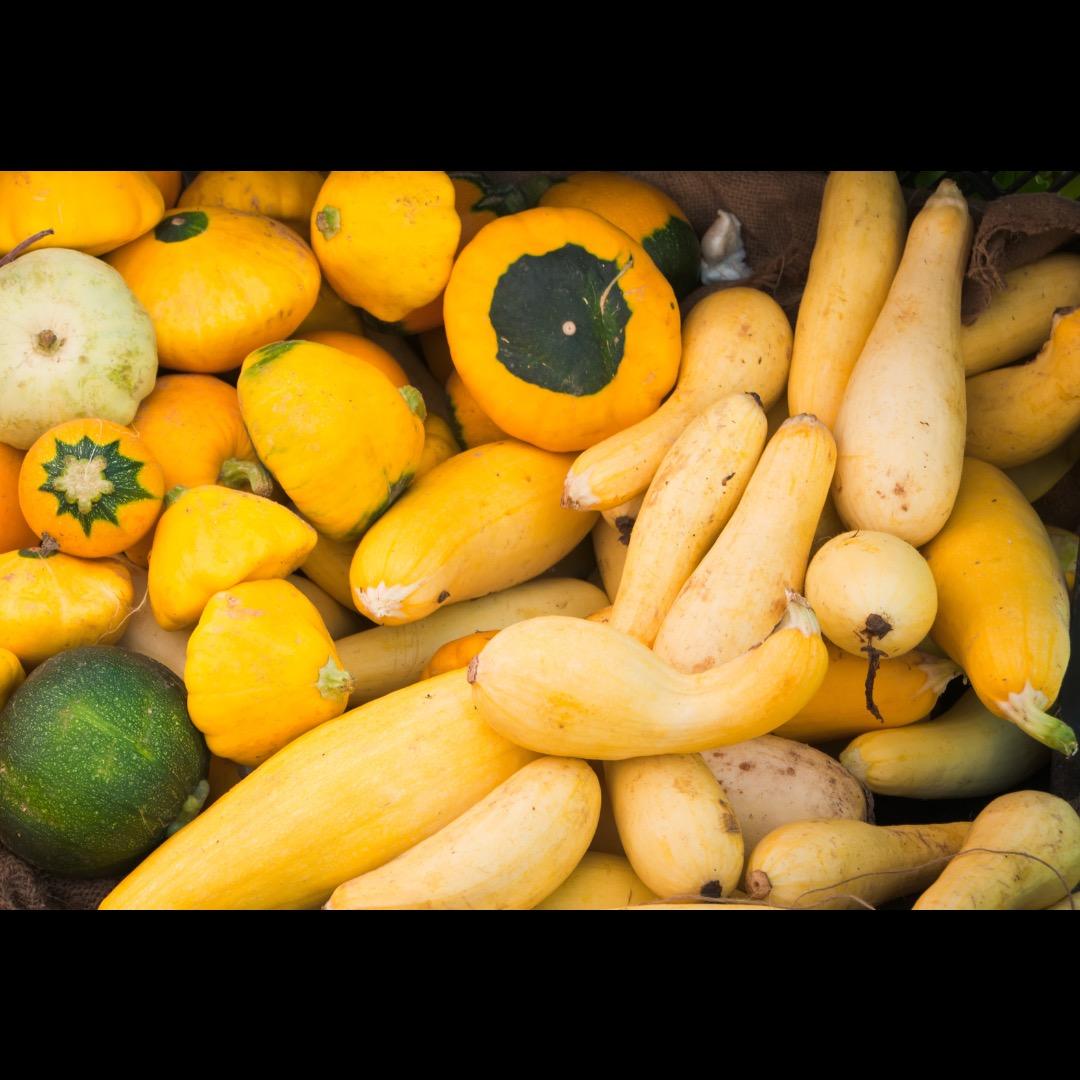


Florida harvests around 85,000 pounds of squash each year.
Florida is the 4th largest squash producing state.
Examples of winter squash are pumpkins, acorn & butternut.

Winter squash has much harder skin than summer squash.

Squash are a fruit!
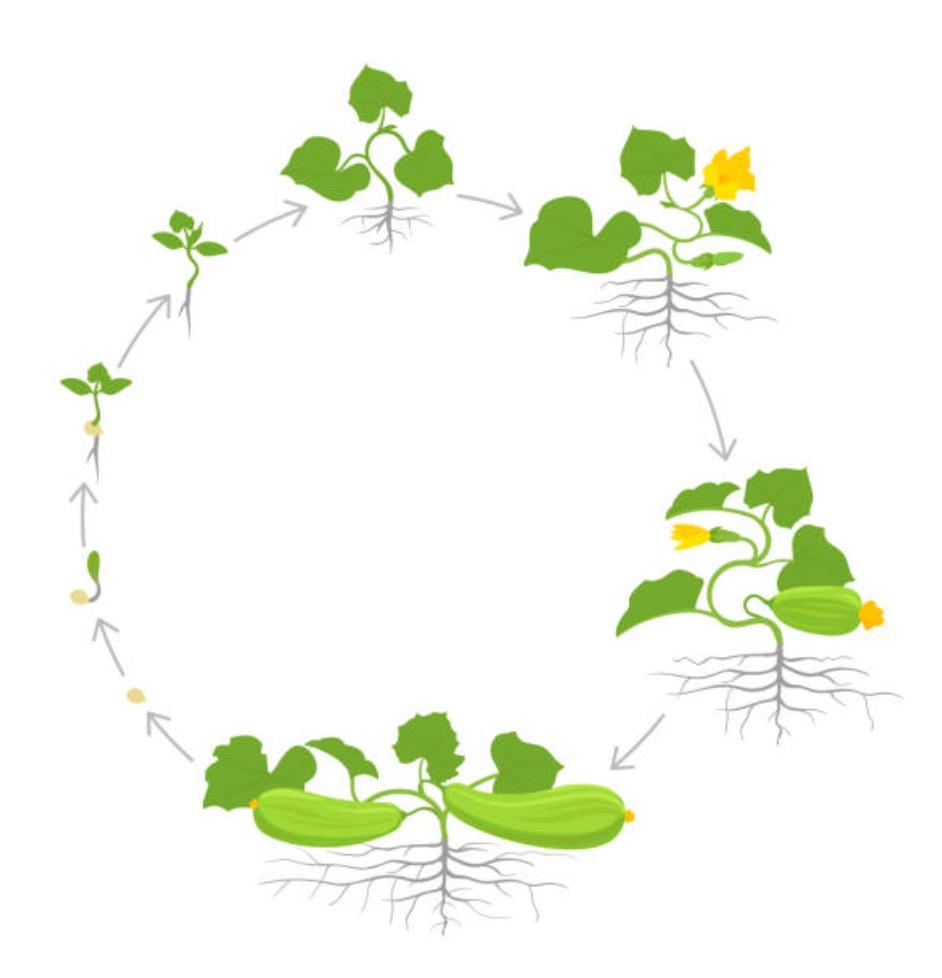


Examples of summer squash zucchini, scallop.


could grow around 11,000 squash!

Summer squash than winter squash.
Squash are related to melons!
Winter squash takes 80 – 120 days to mature after being planted.




B Vitamins help support the body’s levels, brain function & cell metabolism
essential B vitamins:
Vitamin B1, Vitamin B2, Vitamin B3, Vitamin B5, Vitamin B6, Vitamin B7, Vitamin B9 & Vitamin B12.

Water is needed to help the body absorb B vitamins.


B5, B12, C and E knock on your door…what do you do? blood cells.

B vitamins helps the body make energy from food.
The body cannot store most B vitamins, so they need to be regularly consumed.
B vitamins plays a role in serotonin production.
Serotonin makes us feel happy





Celery is the 2nd largest celery producing state in the U.S.
Celery is grown mainly in the Everglades region of Florida.
The darker the celery stalks are, the more nutrients they contain.
Celery is a longseason crop that takes up to 140 days to be ready to harvest after planting.
Celery prefers to grown 6 hours of full sun and afternoon shade.

Celery is 95%
1 bunch of celery consists of 10 - 12 individual stalks.

Celery stalks grow to be 12 - 18 inches tall.

1 ounce of celery seeds can produce 1 acre of celery.

Celery is a coolseason crop.





Fiber supports movement through the digestive system
Fiber is a type of carbohydrate body doesn’t digest, it simply passes through.
Soluble fiber dissolves in water…it helps regulate blood sugar levels and removes cholesterol form

Insoluble fiber is sometimes referred to as “roughage. ”

2 types of fiber:

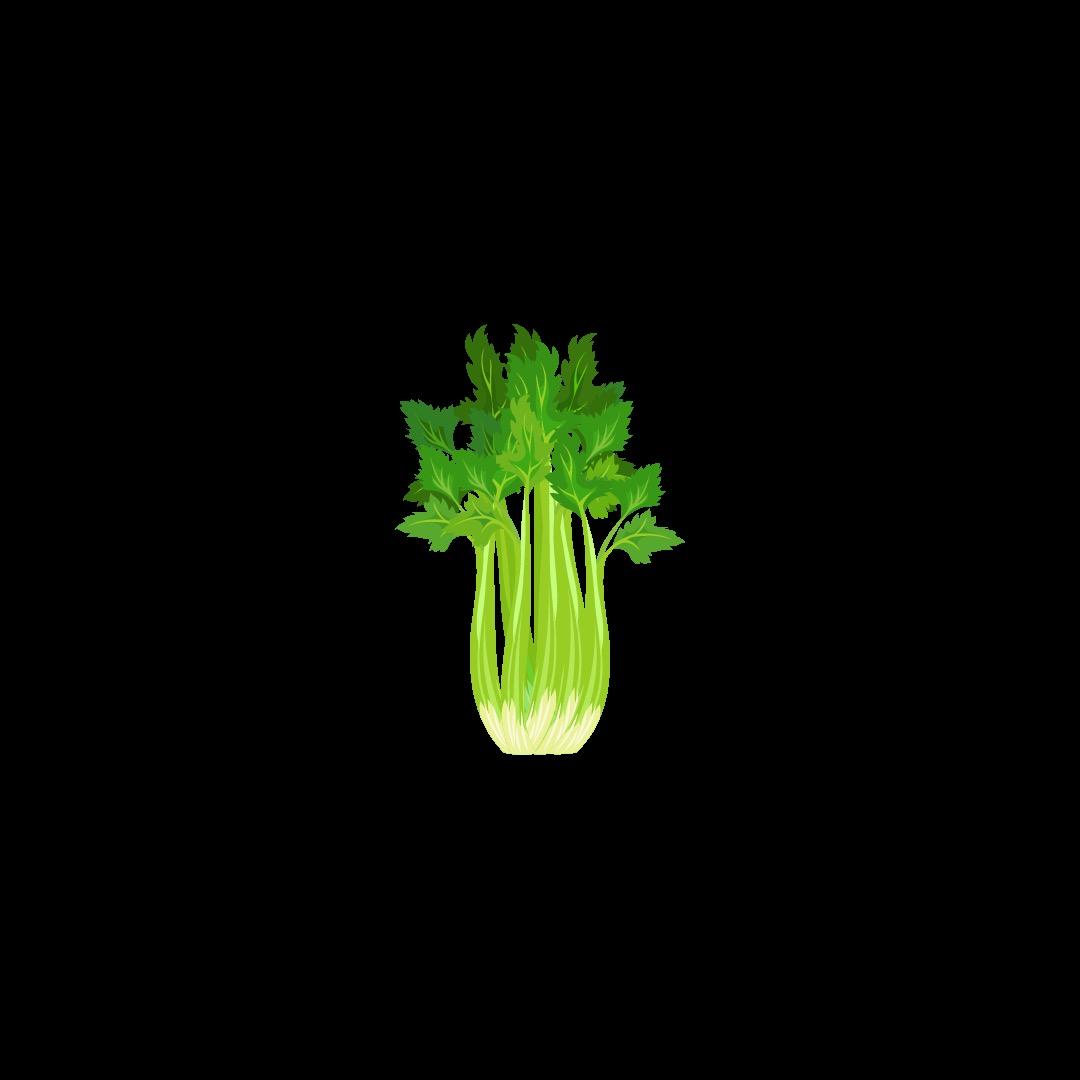
1. Soluble fiber
Insoluble fiber
Dairy & meat products do not have any fiber.
Fiber helps to regulate the body’s use of sugar.
BOTH forms of fiber are important & beneficial to overall health. found in plant foods.
Insoluble fiber does not dissolve in water…it helps food move throughout the digestive system.
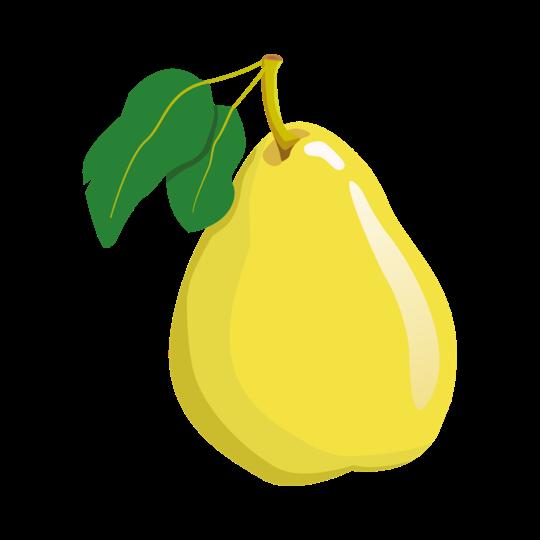

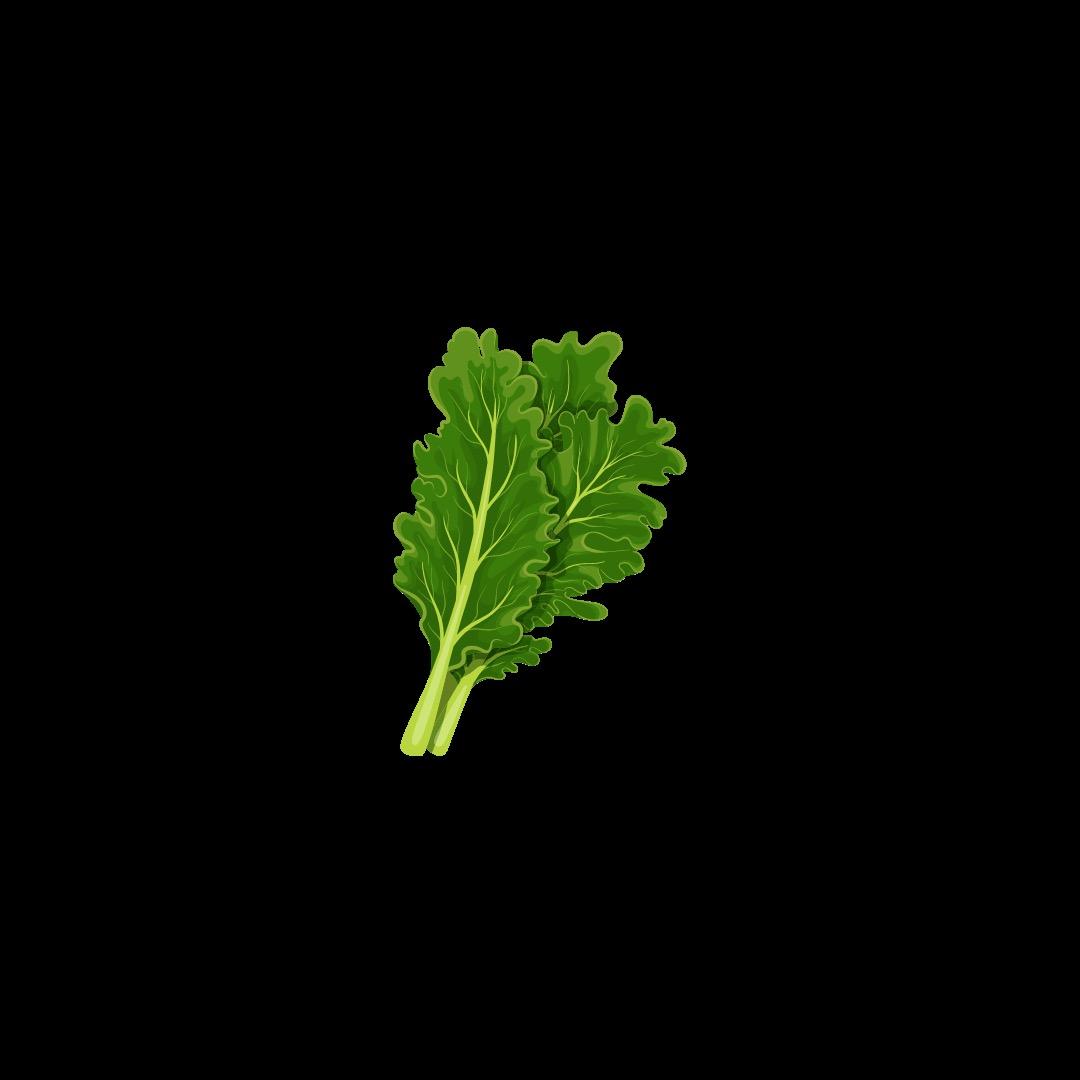



Cauliflower grown commercially in Florida is mainly from the West Central region
Cauliflower's growing season in Florida is from October through April.

“Cabbage Flower”
Cauliflower plants can grow to be 1.5 feet tall.



Cauliflower can also be green, purple, orange brown & yellow The

Cauliflower is a coolseason crop. most common.
There are H U N D R E D S of different varieties of cauliflower.




Iron carries oxygen in the blood, supports the immune system & proper brain function

2 forms of iron: Heme & Non-heme.

Heme comes from animal meat and is easily absorbed into the body after eaten. comes from plant foodslike spinach!
Iron is found in EVERY cell of the body.
Non-heme sources of iron are best absorbed into the body when eaten with a source of vitamin C, like an orange.
Iron helps muscles function by carrying oxygen to their cells.

Supports a healthy immune system.

Human blood is RED because of iron and oxygen reacting with each other.
The body uses iron to make hemoglobin.

80% of the Earth’s crust is composed of iron.
Hemoglobin helps carry and transport oxygen in the blood to other parts of the body…like a backpack!
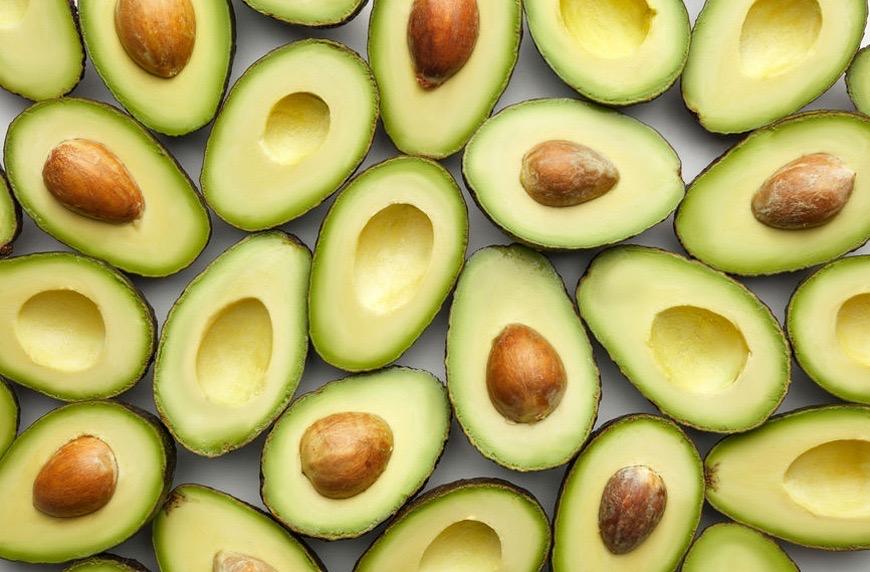



Miami-Dade and Collier county produce the most avocados in the state of Florida.
50+ types of avocados are grown in FL.
3 Top FL avocados are in season from June - January.
An avocado tree produces 60 of avocados/year.
Avocados have the MOST fiber of any fruit!




Avocados are in season ALL year long!





Vitamin E acts as an antioxidant & supports the immune system.

Vitamin E was discovered in 1922.
Antioxidants help protect against damage caused by exposure to harmful substances in the environment. These harmful substances are called free radicals.
Vitamin E is a group of 8 essential vitamins.
Vitamin E is a fat-soluble vitamin.
Fat soluble vitamins are best absorbed into the body when eaten with foods with healthy fats.
Vitamin E supports proper blood function – circulation, clotting & production.
Vitamin E also helps to maintain healthy skin.
Examples of healthy fats include olive oil, avocados & eggs.


Vitamin E strengthens the immune system.



Radishes are typically grown in the North and Central regions of Florida.
The name radish comes from the Latin word “radix” that means root.

The Red Globe is the most common variety of radish.
Radishes come in many different shapes & sizes.
Radishes are coolseason vegetables.

Radishes are a root vegetable.
California & Florida are the largest radish producing states in the U.S.

The skin of a radish has the
Radishes can be white


Radishes grow very fast – taking only 25 days to grow from seed to harvest ready vegetable.


Calcium supports healthy bones & teeth as well as proper blood & muscle function.

Calcium is the 5th most abundant chemical element in the Earth’s crust.
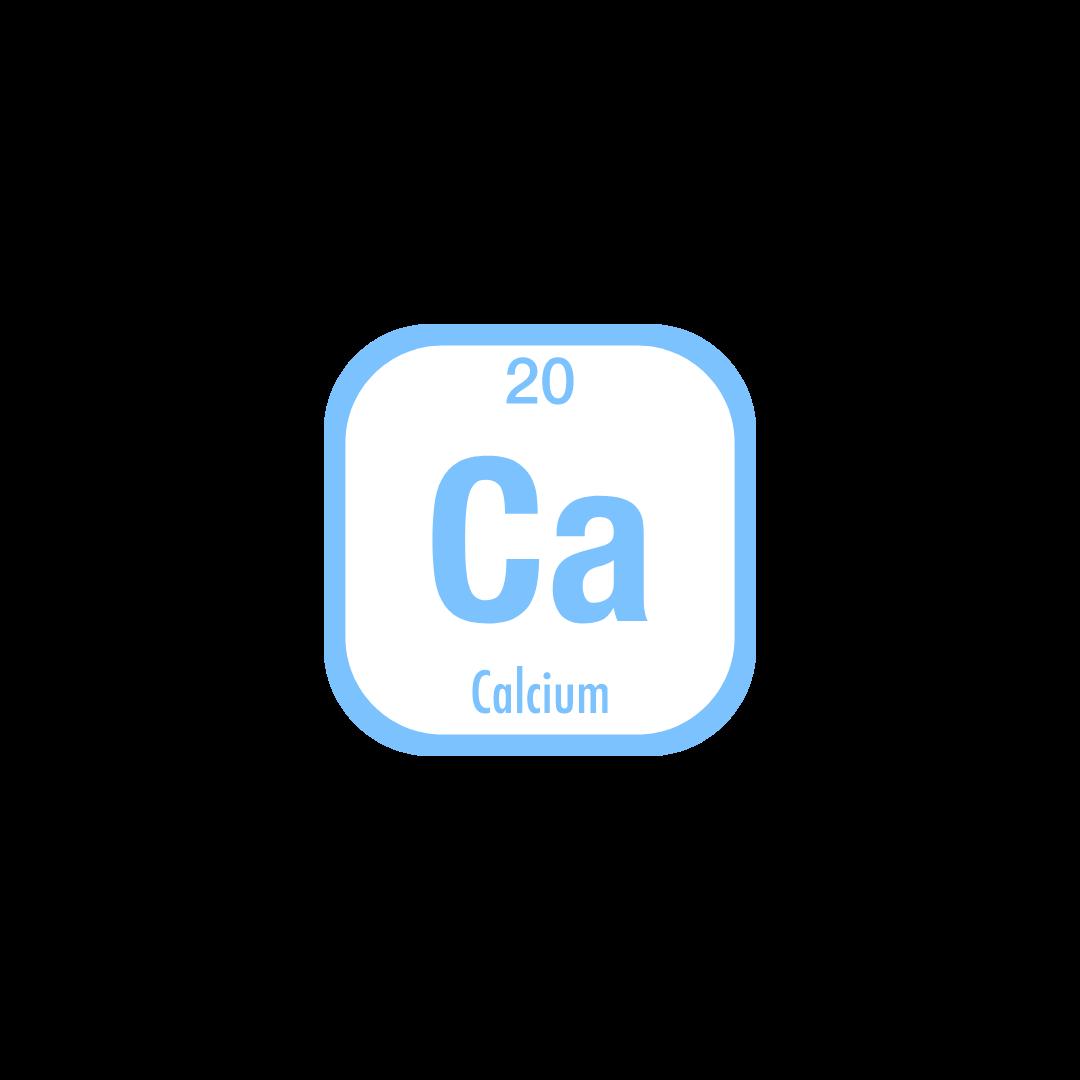
Calcium helps keep muscles working properly.



99% of the body’s calcium is stored in the bones blood, muscles & other tissues.


Calcium supports heart health.

Calcium helps form bones and teeth and keep them healthy.

Calcium helps to heal cuts & wounds.
Calcium is the MOST abundant mineral in the human body.



Florida is the #1 watermelon producing state in the U.S.
Florida accounts for 30% of all watermelon grown in the U.S.

Florida produces around 1 BILLION pounds of watermelon each year. Watermelon is grown mainly on the west side of Florida.
Watermelons are 92% water. Watermelons are countries
The world's heaviest watermelon was 350 lbs.


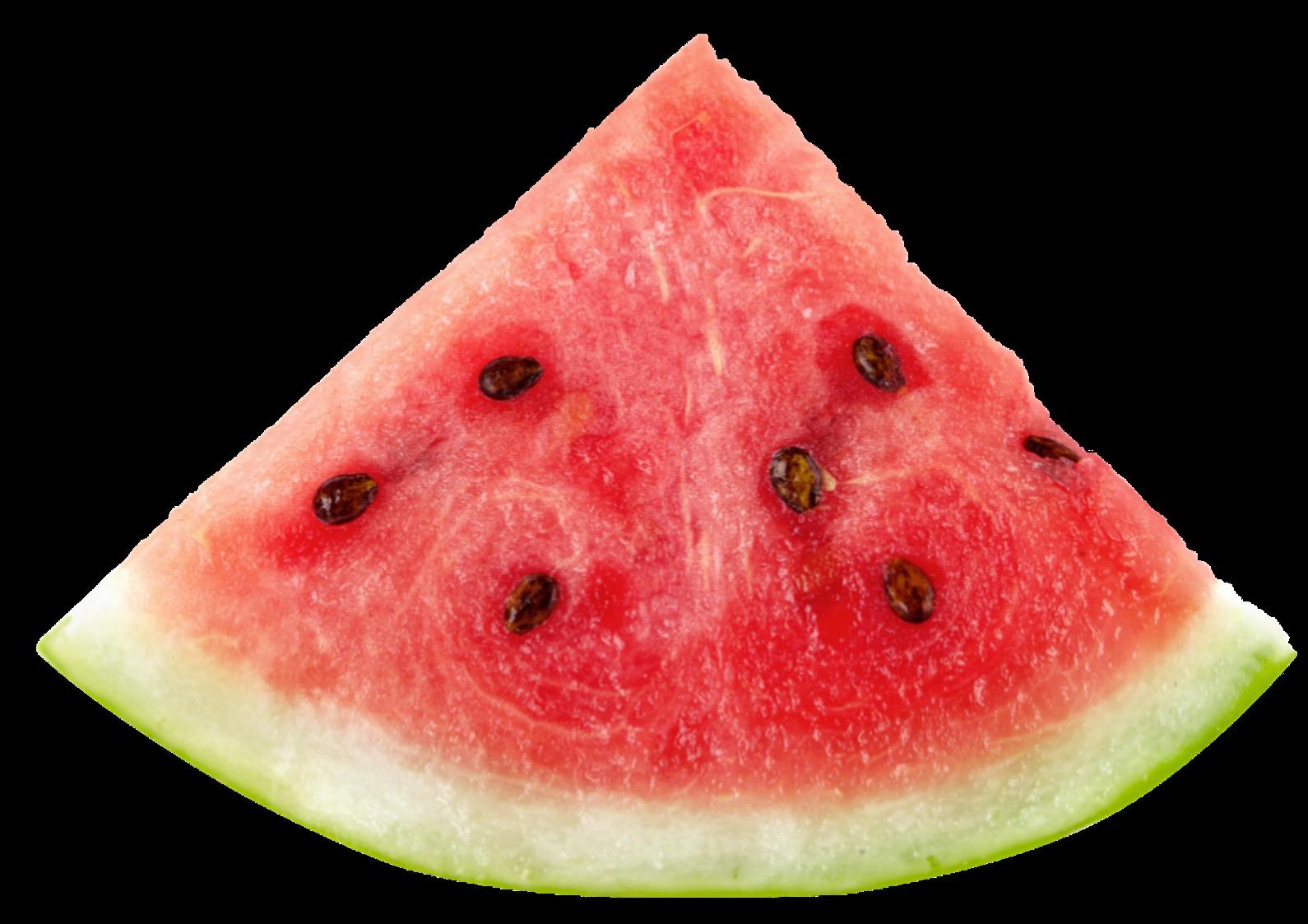
Watermelons take 90 days to grow from seed to fruit.
Seedless watermelon are most popular.


Harvested by hand.
National Watermelon Month





Hydration is the process of Water is the body’s main source of hydration.





The body’s 6 essential nutrients: carbohydrates, proteins, fats, vitamins, minerals & WATER ! Water helps carry nutrients & oxygen to all the cells in the body.

Proper hydration can help to improve moods.
The body is better at fighting off when properly hydrated.
Sleep quality can improve when the body is hydrated.
Many fruits & vegetables have a high water content, making them hydrating to eat.



Florida has over 5,200 acres of blueberry fields. Florida produces
Blueberries are native North America.
4 JULY is National Blueberry Month!

Highbush blueberries are the most common.



6,000 blueberries/year.
Blueberries are a superfood!

Lowbush blueberries are smaller & sweeter –perfect for making jam!


Vitamin K supports proper blood function, bone growth & kidney health. The body has the ability to create vitamin K on its own.
2 main forms of vitamin K: K1 and K2.

Vitamin K is a fat-soluble which means… It absorbs better into the body when eaten with foods with some fat like olive oil or avocados!
Vitamin K helps the body heal from wounds.

Vitamin K helps produce proteins that bind themselves to calcium - this helps build strong bones.

Vitamin K supports heart health.



Vitamin K is found throughout the body in the liver, brain, heart, pancreas & bones.
Vitamin K plays a role in proper blood function- specifically with clotting.
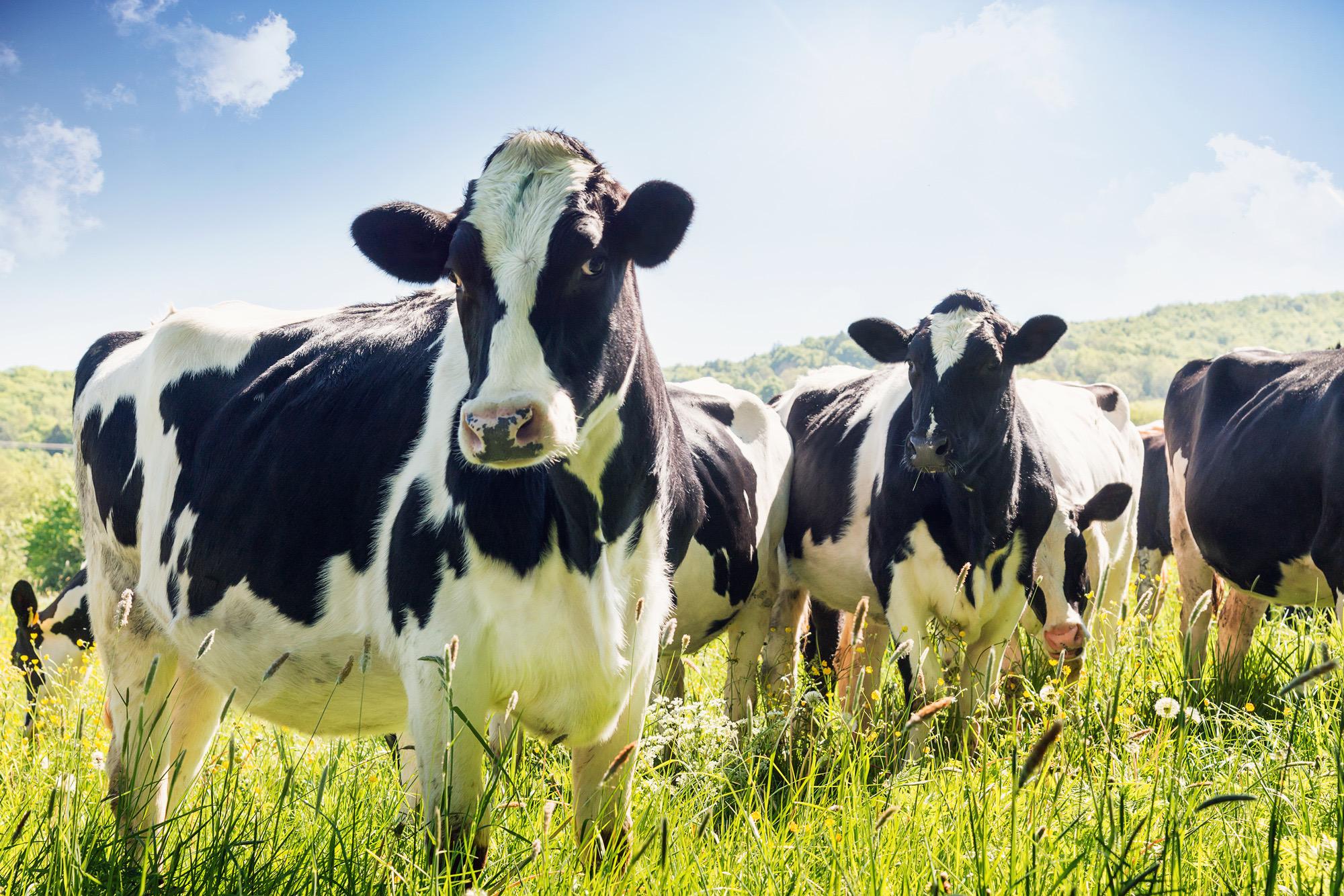


Lafayette and Okeechobee are Florida’s leading dairy counties.

Most of the dairy cows in Florida are Holsteins (the black and white cows), and their spots are unique like a fingerprint!





Cows chew their cud 50 times per minute.
How many times can chew in a minute?!
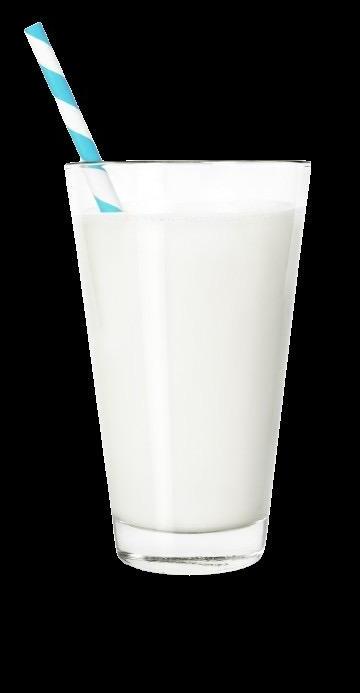
Cows can SEE almost and SMELL up to 6 miles away!


Most Florida dairy herds range 150 -

Florida dairy farmers byproducts such as citrus pulp, brewers’ grain and whole cottonseed that are consumed by the cows instead of ending up in landfills.
A Florida dairy cow produces about 68 gallons of milk each day.





provides a powerful package of support your overall health?

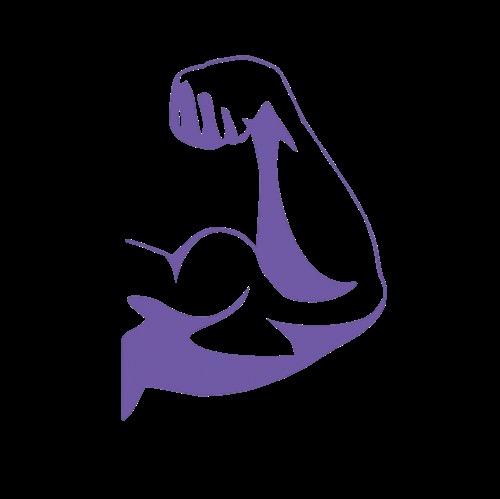
Calcium, phosphorus, and vitamin D in dairy help build and maintain strong bones and teeth.
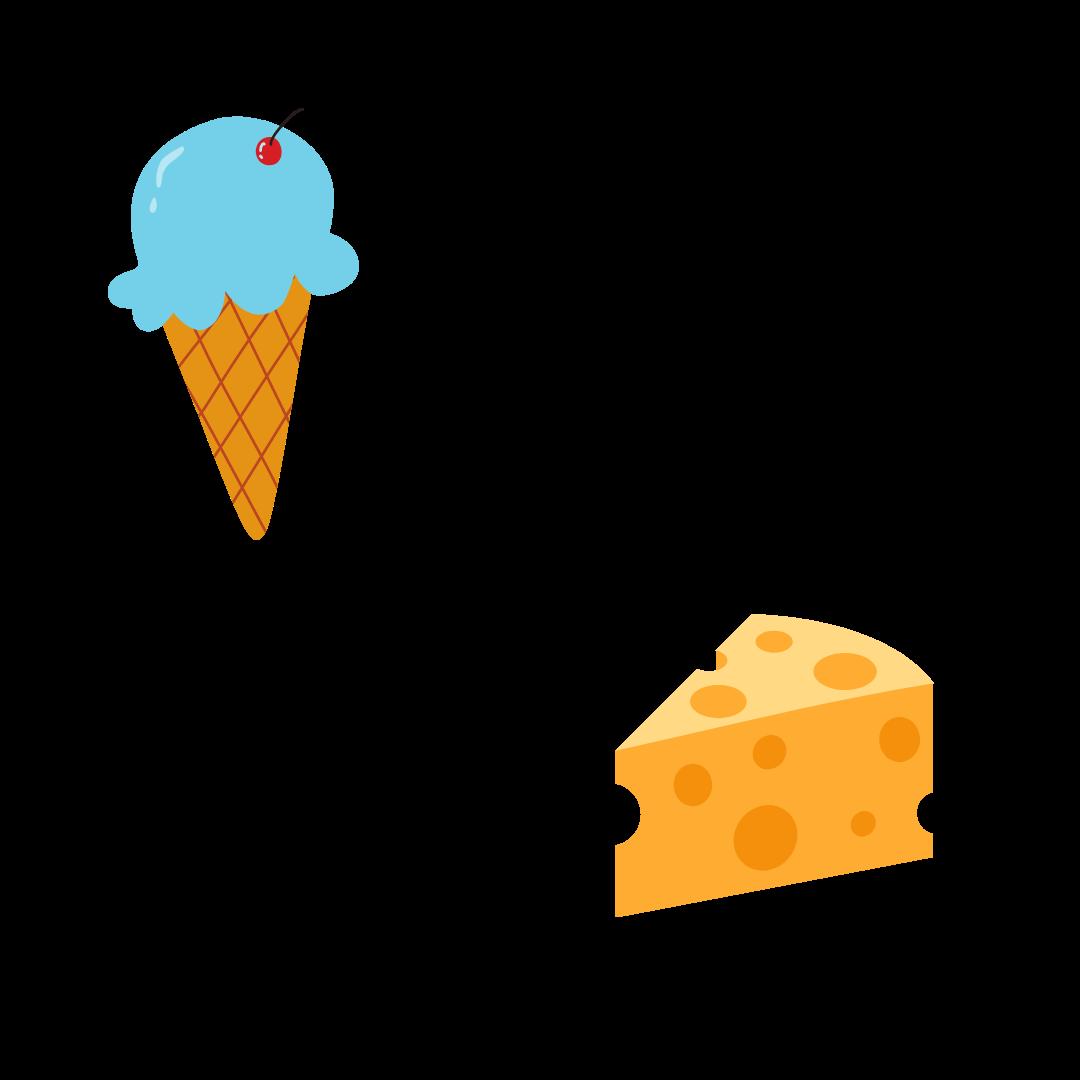
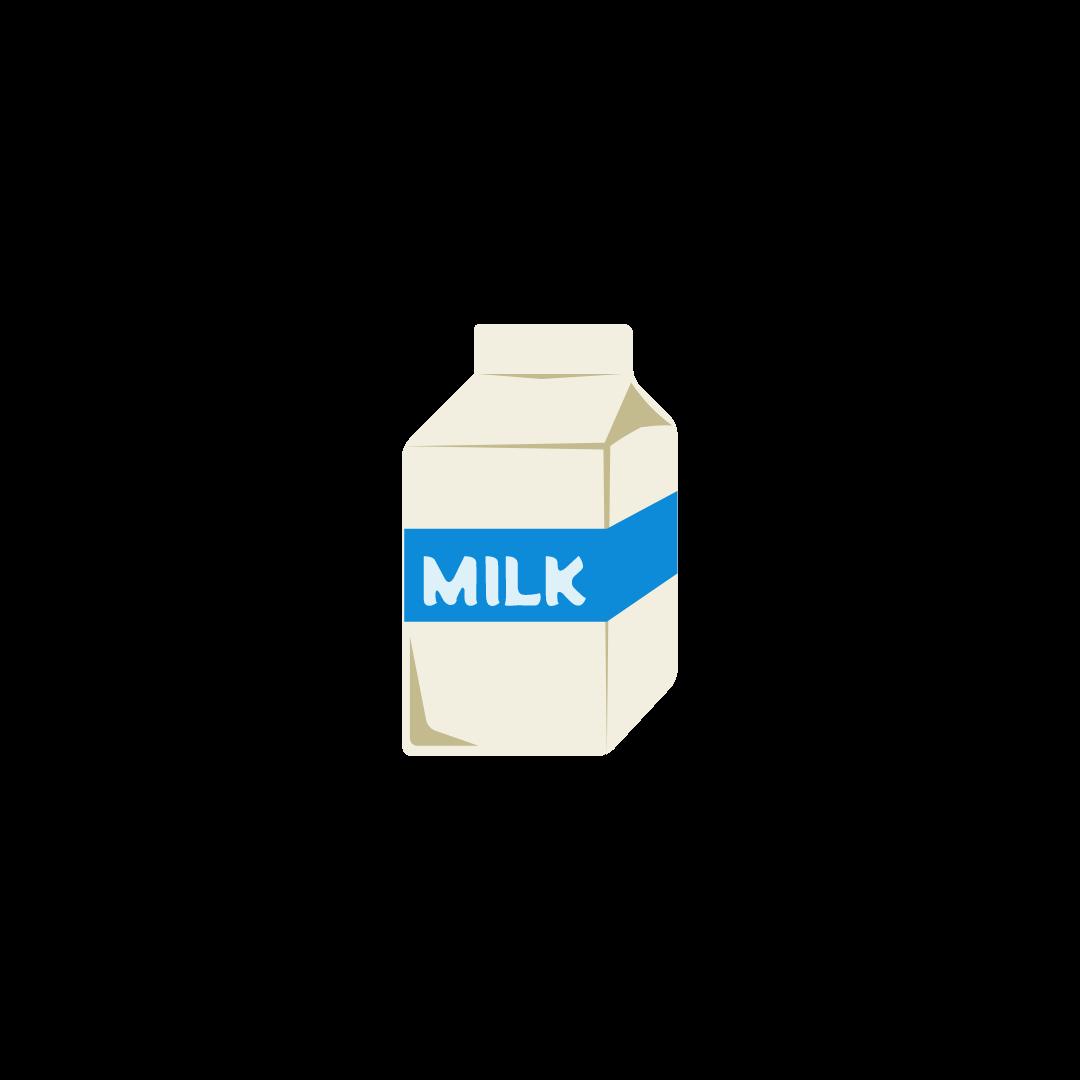
The high-quality protein found in dairy foods aids in building and repairing muscles.


B vitamins in dairy help convert food into fuel, ensuring you have the energy needed throughout the day.
Starting the day with a nutritious breakfast that includes dairy helps fuel learning!

Let’s shake some BUTTER!

2 cups cold heavy whipping cream 1 ounce plastic cups with lids

Pour 2 tablespoons of heavy cream into each portion cup. Place the lid on each cup, and distribute to students.
Shake the container until butter forms a soft lump. Continue to shake until buttermilk separates out of the lump and the container contains a solid lump of butter and liquid buttermilk. The process should take 3 to 5 minutes.
To strain, pour off or drink the buttermilk, leaving only the solid butter.

OPTIONAL: Remove the lump of butter, and wrap it in plastic wrap. Refrigerate until you are ready to serve.
For more information, visit FloridaMilk.com/in-the-schools

